
2018年3月31日 星期六
Twilight in a Western Sky

2018年3月30日 星期五
Management Shake Up on Webb Space Telescope
NASA Announces Senior Leadership Changes to Refocus Launch Readiness Efforts for Webb Telescope
"NASA's Science Mission Directorate (SMD) is taking essential steps to refocus efforts to ensure a successful mission for the agency's James Webb Space Telescope (JWST) after an independent assessment of remaining tasks revealed more time is needed for testing and integration to meet a new launch window of approximately May 2020. Webb is SMD's highest priority project and the largest international space science project in U.S. history. All of the observatory's flight hardware is now complete. To best assure launch readiness, SMD has made the following personnel changes:"
from NASA Watch https://ift.tt/2uz03vf
via IFTTT
NASA Invests in Shapeshifters, Biobots, Other Visionary Technology
March 30, 2018
from NASA https://ift.tt/2J6E69X
via IFTTT
Technology Then and Now

Iridium-5 Mission
On Friday, March 30 at 7:13 a.m. PDT, SpaceX successfully launched the Iridium-5 NEXT mission from Space Launch Complex 4E (SLC-4E) at Vandenberg Air Force Base in California. This was the fifth set of 10 satellites in a series of 75 total satellites that SpaceX will launch for Iridium’s next generation global satellite constellation, Iridium® NEXT. The satellites were deployed about an hour after launch.
Falcon 9’s first stage for the Iridium-5 mission previously supported the Iridium-3 mission from SLC-4E in October 2017. SpaceX did not attempt to recover Falcon 9’s first stage after launch.
You can watch a replay of the launch below and find more information about the mission in our press kit.
from SpaceX News https://ift.tt/2J4hNBS
via IFTTT
#LPSC2018: Groovy Galilean satellites
from Planetary Society Blog https://ift.tt/2uz6xKA
via IFTTT
2018年3月29日 星期四
NASA Ready to Study Heart of Mars
March 29, 2018
from NASA https://go.nasa.gov/2GVIE2t
via IFTTT
NASA to Host News Conference Announcing New Supersonic Test Aircraft
March 29, 2018
from NASA https://go.nasa.gov/2Gz4Th1
via IFTTT
Confusion At NASA Over The America First National Space Strategy
President Donald J. Trump is Unveiling an America First National Space Strategy
"AMERICA FIRST AMONG THE STARS: President Trump's National Space Strategy works within his broader national security policy by putting America's interests first."
Keith's note: At the USRA/SPI Moon exploration event yesterday in Washington D.C, I asked NASA HEOMD's Jason Crusan about the apparent mismatch between NASA policy and the recently-released White House Policy titled "America First National Space Strategy". I noted that HEOMD AA Bill Gerstenmaier told a NASA Advisory Council committee the other day said the whole Lunar Outpost Gateway thing can be done on a flat budget with no adjustment for inflation. Of course, NASA never does big projects on time or within budget - Space Station, Webb, SLS being prominent examples. But NASA sells the Gateway concept with a significant role for international partners and the private sector with lots of cooperation i.e. NASA does not call all the shots. This global approach does have some positive aspects for many people.
Yet the White House's "America First" space policy is rather blunt in its intention that it wants a space policy that "prioritizes American interests first and foremost, ensuring a strategy that will make America strong, competitive, and great" and "ensures that international agreements put the interests of American people, workers, and businesses first." This does not sound too much like cooperation. I asked Crusan how he reconciled these two different approaches. Crusan tossed lots of pop management phrases out (he was clearly unprepared to talk about this White House policy document). Then he made one cogent observation: "it's a balancing act".
Oh yes: There is no mention of this official White House space policy document at NASA.gov. Nor has NASA released anything about it to the media. Stay tuned for more "balancing".
from NASA Watch https://ift.tt/2GBig05
via IFTTT
#LPSC2018: Fungi in the lab, hot springs frozen cold, and exploding lakes
from Planetary Society Blog https://ift.tt/2uvipx7
via IFTTT
Getting InSight on the Interior of Mars

ISS Daily Summary Report – 3/28/2018
March 29, 2018 at 12:00AM
from NASA https://ift.tt/2GDsL2Q
via IFTTT
Thursday Funpost! Excerpts from the new book Rocket Billionaires
from Planetary Society Blog https://ift.tt/2GVttWX
via IFTTT
ISS partners consider ambitious lunar sample return mission
from Planetary Society Blog https://ift.tt/2E2cAa4
via IFTTT
NGC 2023 in the Horsehead s Shadow
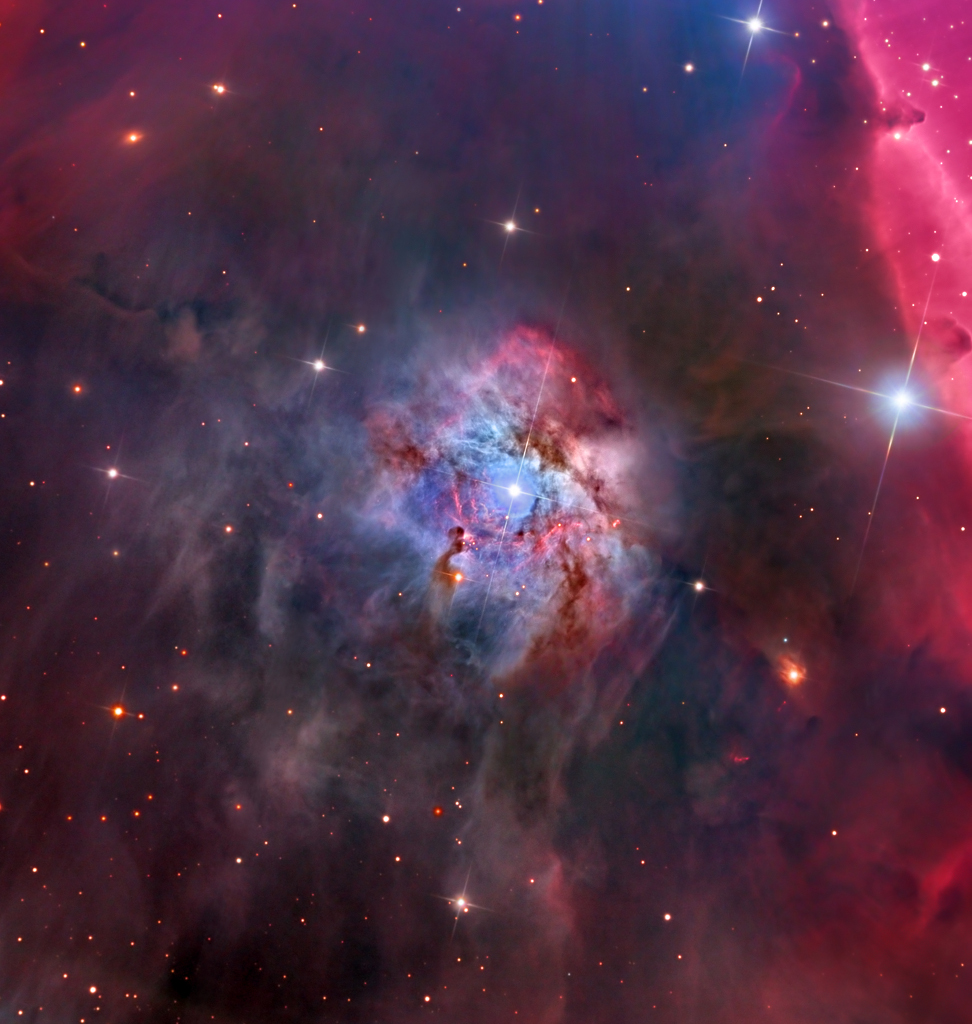
2018年3月28日 星期三
Trump Beachhead Staff Changes at NASA HQ
Keith's note: Sources report that Trump political employee Jeff Waksman, Special Assistant to the Administrator, has been fired.
Jeff Waksman, LinkedIn
"Member of President's "Beachhead" team at NASA, with a focus on policy/strategy/budget. Tasks include:
• Work with NASA's Strategy & Policy team, as well as both internal and external stakeholders, to develop policy and budget options for the incoming Administrator.
• Coordinate with the Executive Office of the President to ensure consistency of purpose, and to make sure that the White House's vision of space exploration and science/technology development is fulfilled.
• Assist NASA leadership with development of the President's FY2018 budget request and NASA's updated Strategic Plan.
• Work to increase efficiency within NASA, including both government reform and also helping the various NASA centers and NASA mission directorates to work more closely together.
As part of this role, served as a member of the President-elect's transition team on the NASA Landing Team from December 2016-January 2017, working with a highly skilled and experienced team to craft an agency policy plan for NASA."
from NASA Watch https://ift.tt/2urIopp
via IFTTT
NASA Prepares to Launch Next Mission to Search Sky for New Worlds
March 28, 2018
from NASA https://ift.tt/2E2HpLC
via IFTTT
ISS Daily Summary Report – 3/27/2018
March 28, 2018 at 12:00AM
from NASA https://ift.tt/2GDfszx
via IFTTT
This is TESS, Our Newest Planet-Hunter

2018年3月27日 星期二
NASA Awards Contract for Environmental Compliance, Operation Services
March 27, 2018
from NASA https://ift.tt/2pJYyFH
via IFTTT
Be a Flight Director: NASA Accepting Applications for Mission Control Leaders
March 27, 2018
from NASA https://ift.tt/2GvkCNU
via IFTTT
NASA's Inconsistent Policy For Launching Large Payloads
NASA chief explains why agency won't buy a bunch of Falcon Heavy rockets, Ars Technica
"Since the launch of the Falcon Heavy rocket in February, NASA has faced some uncomfortable questions about the affordability of its own Space Launch System rocket. By some estimates, NASA could afford 17 to 27 Falcon Heavy launches a year for what it is paying annually to develop the SLS rocket, which won't fly before 2020. Even President Trump has mused about the high costs of NASA's rocket. On Monday, during a committee meeting of NASA's Advisory Council, former Space Shuttle Program Manager Wayne Hale raised this issue. Following a presentation by Bill Gerstenmaier, chief of human spaceflight for NASA, Hale asked whether the space agency wouldn't be better off going with the cheaper commercial rocket. ... One difficulty with Gerstenmaier's response to Hale's question is that NASA does not, in fact, yet have any "large-volume, monolithic pieces" that could only be launched by the Space Launch System."
|
|
from NASA Watch https://ift.tt/2DZs9PQ
via IFTTT
NASA Clearly Has Problems With Big Projects
|
|
from NASA Watch https://ift.tt/2Gzd6BK
via IFTTT
NASA’s Webb Observatory Requires More Time for Testing and Evaluation; New Launch Window Under Review
March 27, 2018
from NASA https://ift.tt/2IWznaX
via IFTTT
Curiosity Rover Gets Ready for Its Next Adventure

ISS Daily Summary Report – 3/26/2018
March 27, 2018 at 12:00AM
from NASA https://ift.tt/2GddQsN
via IFTTT
Mars Between Nebulas
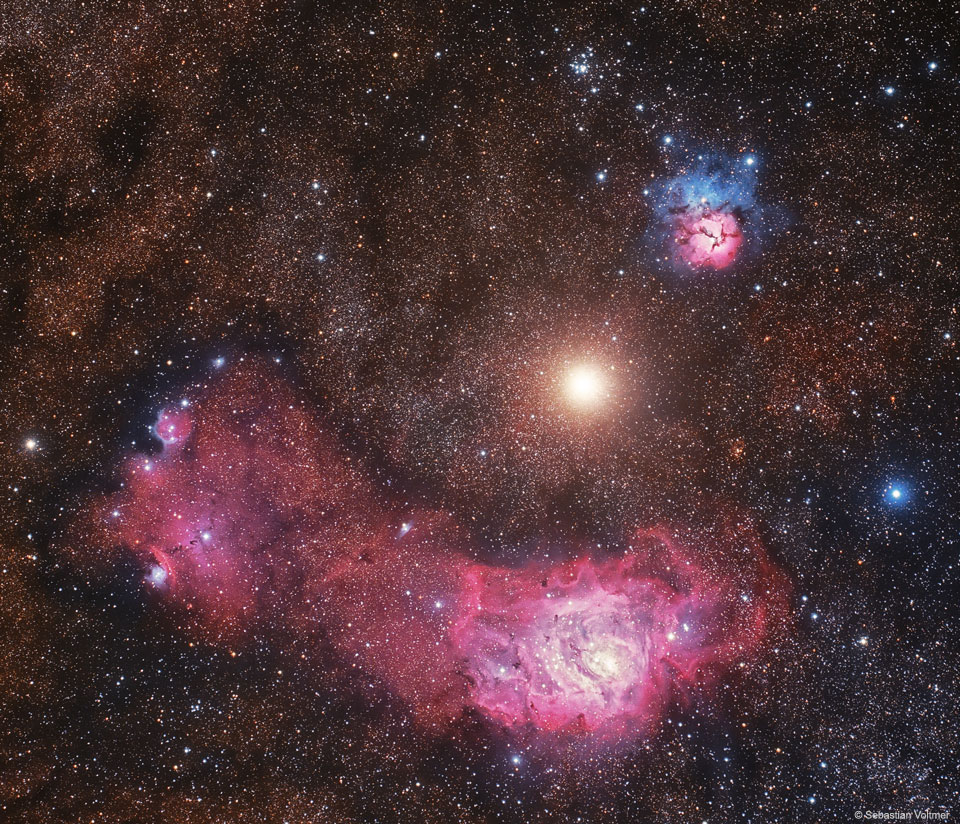
2018年3月26日 星期一
Bad News Tuesday For Webb Space Telescope?
NASA Hosts Media Teleconference on Status of James Webb Space Telescope
"NASA will host a media teleconference at 11:30 a.m. EDT Tuesday, March 27, to provide an update on the agency's James Webb Space Telescope - what will be the world's premier infrared space observatory and the biggest astronomical science telescope ever built. Audio of the call will stream live on NASA's website. The briefing participants are:
- Acting NASA Administrator Robert Lightfoot
- Associate Administrator of NASA's Science Mission Directorate (SMD) Thomas Zurbuchen
- Deputy Associate Administrator of SMD Dennis Andrucyk
Keith's note: When you get a briefing line up like this for a JWST media briefing it is not to deliver good news.
from NASA Watch https://ift.tt/2DXrCxC
via IFTTT
OK, Let's Analyze High School Political Fashion Choices
Rep. Steve King campaign criticizes Parkland survivor Emma Gonzalez for a patch of the Cuban flag https://t.co/QUpnBCznzH
— NASA Watch (@NASAWatch) March 26, 2018
ICYMI @Emma4Change is also wearing an Apollo 11 patch on her other shoulder. @CNN pic.twitter.com/Wo9X4TG5Q2
from NASA Watch https://ift.tt/2GbTLmx
via IFTTT
NASA Hosts Media Teleconference on Status of James Webb Space Telescope
March 26, 2018
from NASA https://ift.tt/2pITf8O
via IFTTT
NASA Television to Air Launch of Next Space Station Resupply Mission
March 26, 2018
from NASA https://ift.tt/2ummymT
via IFTTT
#MoonMon: Io's pretty plumes
from Planetary Society Blog https://ift.tt/2pDv4cD
via IFTTT
Revised SpaceX Plan To Beat NASA Human Missions To Mars
Making Life Multi-Planetary, Elon Musk
"We are targeting our first cargo missions in 2022 - that's not a typo, although it is aspirational. We've already started building the system - the tooling for the main tanks has been ordered, the facility is being built and we will start construction of the first ship around the second quarter of next year. In about six to nine months we should start building the first ship. I feel fairly confident that we can complete the ship and be ready for a launch in about five years. Five years seems like a long time to me. The area under the curve of resources over that period of time should enable this time frame to be met, but if not this time frame, I think pretty soon thereafter. But that is our goal, to try to make the 2022 Mars rendezvous. The Earth-Mars synchronization happens roughly every two years, so every two years there is an opportunity to fly to Mars. Then in 2024 we want to try to fly four ships - two cargo and two crew."
from NASA Watch https://ift.tt/2I7gYqN
via IFTTT
NASA Leadership Update
Acting Assoc Admin Steve Jurczyk: Lightfoot's last day in the office will be April 20. White House plan is for Bridenstine to be confirmed by then. No plan B at this point.
— Marcia Smith (@SpcPlcyOnline) March 26, 2018
We will really, really miss Lightfoot. Don't know where he's headed other than back to Huntsville.
from NASA Watch https://ift.tt/2G9Jf3z
via IFTTT
Claudia Alexander and Her Life Well-Lived

ISS Daily Summary Report – 3/25/2018
March 26, 2018 at 12:00AM
from NASA https://ift.tt/2GcJmY2
via IFTTT
2018年3月24日 星期六
White House Releases "America First National Space Strategy"
President Donald J. Trump is Unveiling an America First National Space Strategy
"AMERICA FIRST AMONG THE STARS: President Trump's National Space Strategy works within his broader national security policy by putting America's interests first.
- The Trump administration's National Space Strategy prioritizes American interests first and foremost, ensuring a strategy that will make America strong, competitive, and great.
- The new strategy emphasizes dynamic and cooperative interplay between the national security, commercial, and civil space sectors.
-- The United States will partner with the commercial sector to ensure that American companies remain world leaders in space technology.
- The new strategy ensures that international agreements put the interests of American people, workers, and businesses first.
- The National Space Strategy prioritizes regulatory reforms that will unshackle American industry and ensure we remain the leading global provider of space services and technology."
from NASA Watch https://ift.tt/2DPiCuA
via IFTTT
2018年3月23日 星期五
NASA Invites Media to View Launch of InSight Mars Lander from West Coast
March 23, 2018
from NASA https://ift.tt/2pzYw33
via IFTTT
NASA Awards Contract for Aerospace Systems Modeling, Simulation
March 23, 2018
from NASA https://ift.tt/2G3MQf7
via IFTTT
Hubble’s Exquisite View of a Stellar Nursery

ISS Daily Summary Report – 3/22/2018
March 23, 2018 at 12:00AM
from NASA http://ift.tt/2HZguTu
via IFTTT
2018年3月22日 星期四
SLS Reverses NASA Technology Advances
#NASA spent hundreds of millions of dollars to make these reusable engines disposable. Just sayin https://t.co/TSvwQRYkbZ
— NASA Watch (@NASAWatch) March 22, 2018
These four engines are ready to rumble for Exploration Mission-1! The first flight of #NASASLS and @NASA_Orion will go farther into deep space than any rocket has ever gone.
— NASA_SLS (@NASA_SLS) March 22, 2018
MORE >> https://t.co/vchcyphema pic.twitter.com/ow1XdDexyA
Keith's note: SpaceX, Blue Origin and ULA are focusing on reusable launch technology while NASA is doing the exact opposite. What do they know that NASA does not?
from NASA Watch http://ift.tt/2DNvvoI
via IFTTT
NASA Invites Media to Discuss First Mission to Study Mars Interior, First Interplanetary Launch from West Coast
March 22, 2018
from NASA http://ift.tt/2pwIKoI
via IFTTT
A View From a Launch

Space Bills Approved By House Science Committee
House Science, Space, and Technology Committee Approves Space Exploration and Entrepreneurship Bills
"The American Leadership in Space Technology and Advanced Rocketry Act, or the ALSTAR Act, (H.R. 5345) was introduced Tuesday by Rep. Mo Brooks (R-Ala.), vice chairman of the Space Subcommittee. The Commercial Space Support Vehicle Act (H.R. 5346) was introduced Tuesday by Rep. Bill Posey (R-Fla.), a member of the Space Subcommittee. The Innovators to Entrepreneurs Act (H.R. 5086) was introduced on February 26, 2018, by Rep. Dan Lipinski (D-Ill.), ranking member on the Research and Technology Subcommittee, and cosponsored by Rep. Daniel Webster (R-Fla.), a member of the Research and Technology Subcommittee."
from NASA Watch http://ift.tt/2ubkAFX
via IFTTT
NGC 253: Dusty Island Universe

2018年3月21日 星期三
The Beauty of Light

Planned and Unplanned NASA Closures
Message from the Acting NASA Administrator: Planning for Potential Lapse in Funding
"As you know, the current continuing resolution funding the government expires on March 23. While we hope it won't be necessary, we need to once again make preparations in the event an orderly shutdown is required and are updating our contingency plans. I share your frustration that we find ourselves here once again, but I also want to thank you for your continued hard work. You haven't missed a beat in executing all the functions of our agency."
Keith's note: Meanwhile all government offices in the Washington, DC area (NASA HQ, GSFC) are closed due to several inches of snow.
from NASA Watch http://ift.tt/2pvcwuh
via IFTTT
Two NASA Astronauts Among Crew Heading to International Space Station
March 21, 2018
from NASA http://ift.tt/2FXqmwh
via IFTTT
Media Invited to View NASA Spacecraft That Will Touch the Sun
March 21, 2018
from NASA http://ift.tt/2DKi49f
via IFTTT
What A NASA Administrator Actually Does
What NASA loses without a permanent leader, The Verge
"Despite the backlash to Bridenstine's politician status, being the NASA administrator means mostly working with politicians, says Garver. "I do think it is more a political job than an engineering job. Neither Charlie [Bolden] nor I did any engineering," she says. "You can't be an astrophysicist and a propulsion engineer; you got to trust your people to do that. Being able to advocate for your agency on the hill is a big part of it." .. "Because [Lightfoot] isn't the president's person, there is a loss of accountability," Jim Muncy, founder of PoliSpace, a space policy consulting agency, tells The Verge. "Having the president's own representative to guide the day-to-day implementation of the policy is part of that accountability."
- Shh! Bill Nelson Openly Champions Space Legislation Co-authored By Jim Bridenstine, earlier post
- This Is What Happens When People Try To Work Together in DC, earlier post
- Sen. Nelson's Effort To Undermine NASA, earlier post
- Why Should One Senator Boss NASA Around?, earlier post
from NASA Watch http://ift.tt/2pu0guR
via IFTTT
Media Preview of Final Voyage of NASA's Around-the-World Atmospheric Mission
March 21, 2018
from NASA http://ift.tt/2G98XnQ
via IFTTT
ISS Daily Summary Report – 3/20/2018
March 21, 2018 at 12:00AM
from NASA http://ift.tt/2psJc7J
via IFTTT
Camera Orion
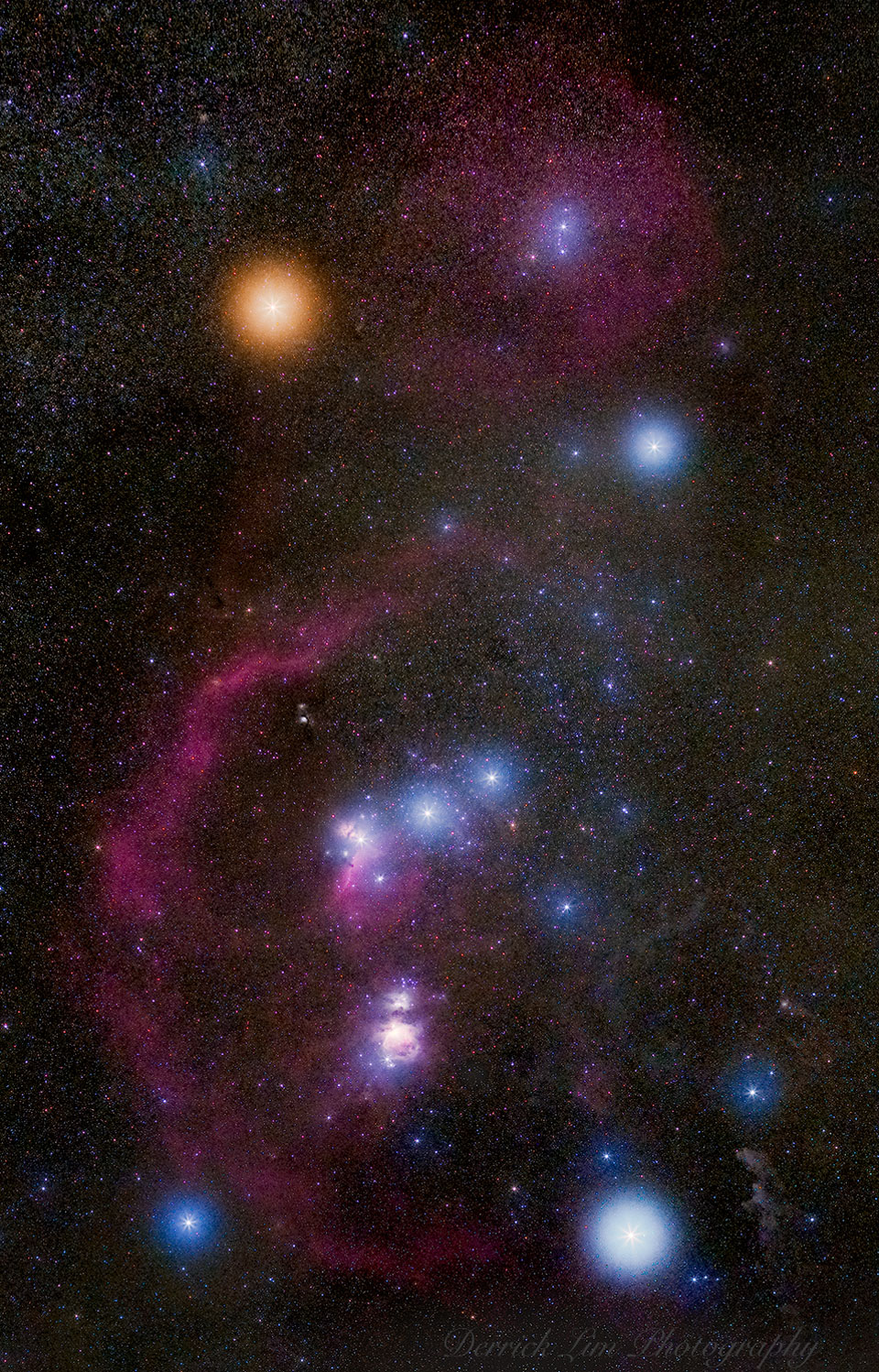
2018年3月20日 星期二
Bipartisan Congressional Letter Of Support For Bridenstine
Letter From House Members to Senate Leadership Regarding NASA Administrator Nominee Bridenstine
Keith's note: This letter was circulated by Rep. Babin and was signed by 61 members of the House - 12 of whom are Democrats. This would certainly seem to undermine Sen. Nelson's contention that Jim Bridenstine would be too political.
"We are keenly aware of how valuable NASA is, not only to our nation, but also the entire world. It would be a travesty to America's space program for it to remain leaderless at this critical time when America's space industry is making rapid advances that will set the course of space leadership for decades to come. This is why it is vitally important that the Senate take up and approve Jim Bridenstine's nomination. Jim Bridenstine has spent the bulk of his adult life in service to his country. His background is in naval aviation, flying the E2- C Hawkeye in Afghanistan and Iraq, and later the F-18 while also serving as an instructor at the Naval Strike and Air Warfare Center. He has been responsible for coordinating command and control of the battlefield from an airborne platform, with thousands of lives and billions of dollars affected by his decisions. In this service to his nation he has demonstrated both the technical capacity and leadership experience necessary to lead NASA."
from NASA Watch http://ift.tt/2psVahA
via IFTTT
NASA to Launch Parachute Test off Virginia Coast March 27
March 20, 2018
from NASA http://ift.tt/2IzWPKR
via IFTTT
NASA to Preview Upcoming US Spacewalk, Provide Live Coverage
March 20, 2018
from NASA http://ift.tt/2pqT5U3
via IFTTT
Space Station Bound!

ISS Daily Summary Report – 3/19/2018
March 20, 2018 at 12:00AM
from NASA http://ift.tt/2GPnvXK
via IFTTT
2018年3月19日 星期一
Media Invited to View NASA's Mission to Study Mars Interior
March 19, 2018
from NASA http://ift.tt/2G863je
via IFTTT
NASA to Discuss Upcoming Launch of Next Planet Hunter
March 19, 2018
from NASA http://ift.tt/2G1TkP9
via IFTTT
Going for Atmospheric GOLD

2018年3月18日 星期日
NASA Allows RTG Proposals Again
"From: James Green, Director, NASA's Planetary Science Division via Lunar and Planetary Institute: After analysis and consultation with the Department of Energy, NASA's Planetary Science Division is pleased to announce that the ban on the use of Radio-isotope Power Systems (RPS) by proposers responding to the upcoming Discovery 2018 Announcement of Opportunity (AO) has been removed. Proposers will be able to include the use of up to two (2) Multi-mission Radio-Isotope Thermal Generators (MMRTG's) to enable or significantly enhance their mission concept. Costs to be borne by proposers for the MMRTGs, the related environmental impact assessments, and the required Nuclear Launch Approval process will be announced once determined."
from NASA Watch http://ift.tt/2HGa2k7
via IFTTT
Rotating Moon from LRO

2018年3月16日 星期五
The Crab from Space
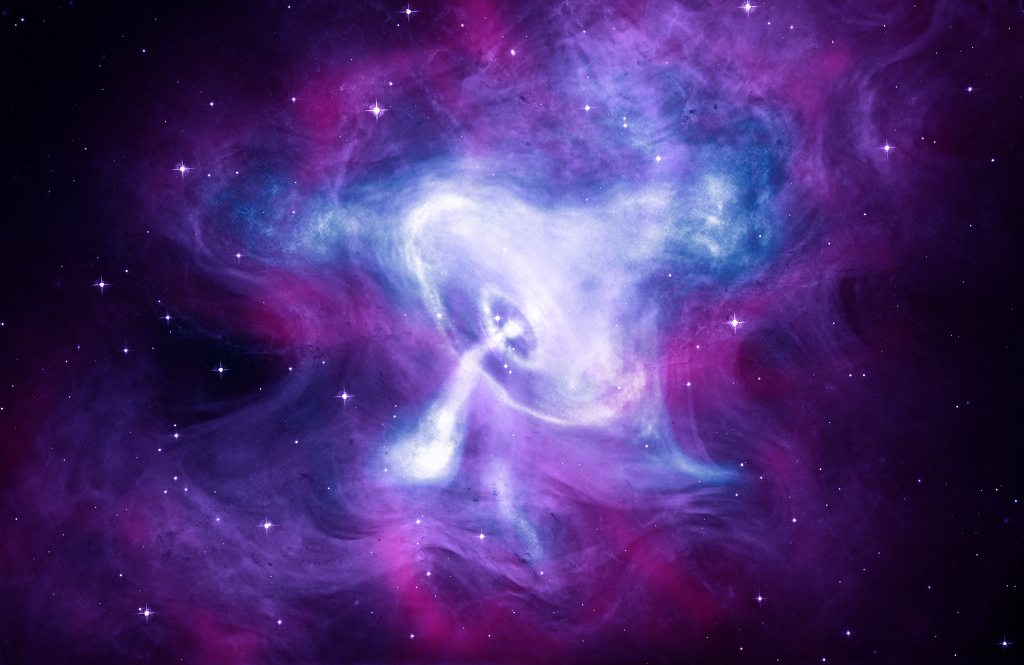
The Plight Of The Citrus College Rocket Owls
CA's LGBTQ law blocks SoCal college rocket club from Alabama competition
"A Citrus College rocketry club may be reaching for the stars, but is coming up with a handful of politics. The Rocket Owls team has earned a coveted spot at the annual NASA Student Launch competition, where 60 college teams from across the country go head-to-head, building and launching high-altitude rockets. But the event is held in Huntsville, Alabama which is one of eight states now targeted by the California legislature's AB 1887. That law bans publicly funded travel to states deemed to discriminate against gay, lesbian, bisexual or transgender people."
Rocket Owls COmmit to NASA Competition Despite Being Barred From Final Launch, Clarion
"Of the other five California schools accepted into the program, UC Santa Cruz and UC Berkeley have confirmed they are attending. "We have not experienced any problems with being unable to compete." UC Berkeley's CalSTAR Outreach officer, Adam Huth, said, "Technically, I believe teams in California are allowed to compete, they may just be unable to receive funding for the trip itself."
AB 1887 (full text)
"Specifically, AB 1887 does not apply to state travel that is required for any of the following purposes: To comply with requests by the federal government to appear before committees."
Keith's note: Homer Hickam of Rocket Boys/October Sky fame came across an article from California's Citrus College's Clarion newspaper that their rocket team wasn't going to be allowed to come to Huntsville, Alabama for the Student Launch competition because of AB 1887 - even though they had successfully accomplished all requirements and had been invited by NASA.
Investigating further, Hickam learned that several University of California teams were coming to the Student Launch competition by using their own funds. When he discovered the Citrus College team had raised their own travel money but the college board and Superintendent had still ordered them not to go, Hickam was outraged.
After going back and forth with NASA officials and Chancellor Eloy Oakley of California Community Colleges, Oakley threw up his hands and said it was all Citrus College Superintendent Geraldine Perri's fault and the decision lay entirely in her hands. Hickam has tried to contact Superintendent Perri but she has not responded. Hickam is trying to bring all the parties together to let these fine young students (rocketowls.com) go to Huntsville and compete. Failing that, he's working to allow them to come as an unaffiliated team.
Hickam spoke to several students and employees of Citrus College and all seem to be afraid of Dr. Perri and what she might do. Anyone, they all said, who doesn't agree with her risks her ire. The rocket team has considered going to Huntsville as an independent team but fear if they do, Dr. Perri's wrath will cause their expulsion from the college and other penalties, including a permanent shut-down of the rocket club for future students. Most of the mentors of the rocket club are volunteers. Their permissions to go on-campus would likely also be removed.
The intent of AB 1887 certainly has clear, undisputed merit to battle discrimination that I fully support. But for Citrus College to use this law as a excuse to prevent students from travelling to this competition - using funds that are not from the government of the State of California or from personal accounts - is simply wrong. This is especially questionable when other California educational institutions have found a way for their student teams to participate using alternate sources of funding. Moreover the NASA Student Launch effort is an educational competition conducted on a national basis wholly operated by the Federal government, not by the state of Alabama. The Federal government - not the State of Alabama - invited the Rocket Owls to participate. Also, the bill refers to people who work in some capacity for the State of California. These are students - taxpayers - not employees - and they do not seek any funds from the State of California.
Let's hope that Citrus College management wakes up to the realization that their job is facilitating education - not blocking educational opportunities for their students. If you don't want to help your students, Geraldine Perri, fine. But at least allow these students to spend their own money to further their education.
from NASA Watch http://ift.tt/2HFDxCK
via IFTTT
ISS Daily Summary Report – 3/15/2018
March 16, 2018 at 12:00AM
from NASA http://ift.tt/2FNYSct
via IFTTT
Rose-Colored Jupiter

The Seagull and The Duck
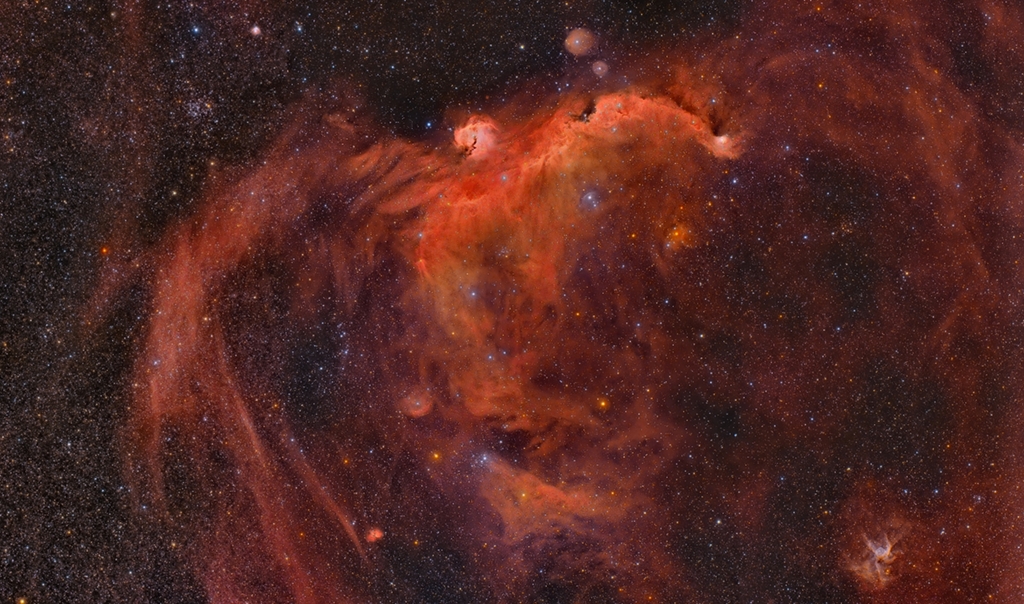
2018年3月15日 星期四
No, Scott Kelly's Genes Were Not Changed
Astronaut's DNA no longer matches that of his identical twin, NASA finds, CNN
"Spending a year in space not only changes your outlook, it transforms your genes. Preliminary results from NASA's Twins Study reveal that 7% of astronaut Scott Kelly's genes did not return to normal after his return to Earth two years ago. The study looks at what happened to Kelly before, during and after he spent one year aboard the International Space Station through an extensive comparison with his identical twin, Mark, who remained on Earth. NASA has learned that the formerly identical twins are no longer genetically the same."
Keith's 14 March note: NO NO NO NO. The Kelly brothers are exactly the same genetically as they were the day they were born. No genes were "transformed". Their genes are the same as they were the day they were conceived. What changed during space travel was how some genes were expressed. Some genes were shut off. Some genes were activated, Some genes were expressed at different levels. I wish that science writers would take the time to talk to people who actually understand the topic. There are dozens of articles like this circulating right now that get the fundamental aspect of this research wrong. Also, FWIW, NASA needs to spend more time explaining what it is they are trying to say. As an actual space biologist I find all of this rather frustrating.
from NASA Watch http://ift.tt/2FZeuNA
via IFTTT
The Identical Astronaut Twins Are Still Identical
Keith's note: You may have seen a lot of stories recently in major news publications over the past week or so stating that the Kelly brothers now have different DNA or something to that effect. Not true. Another example of reporters writing stories about something that they simply do not understand (I am an actual biologist so I can say that). Scott Kelly's DNA did not change. How some of his DNA is expressed (or not expressed) changed as a result (apparently) of spending nearly a year in space. But again, his DNA did not change. He and his brother are just as identical genetically as they were before he left Earth. Here is what NASA JSC PAO sent to some news media (but not others) on this topic:
"Mark and Scott Kelly are still identical twins; Scott's DNA did not fundamentally change. What researchers did observe are changes in gene expression, which is how your body reacts to your environment. This likely is within the range for humans under stress, such as mountain climbing or SCUBA diving. The change related to only 7 percent of the gene expression that changed during spaceflight that had not returned to preflight after six months on Earth. This change of gene expression is very minimal. We are at the beginning of our understanding of how space flight affects the molecular level of the human body. NASA and the other researchers collaborating on these studies expect to announce more comprehensive results on the twins studies this summer."
from NASA Watch http://ift.tt/2tTU2Jn
via IFTTT
NASA Statement on Confirmation of New Agency Chief Financial Officer
March 15, 2018
from NASA http://ift.tt/2FCrNV4
via IFTTT
The Aurora Named STEVE
